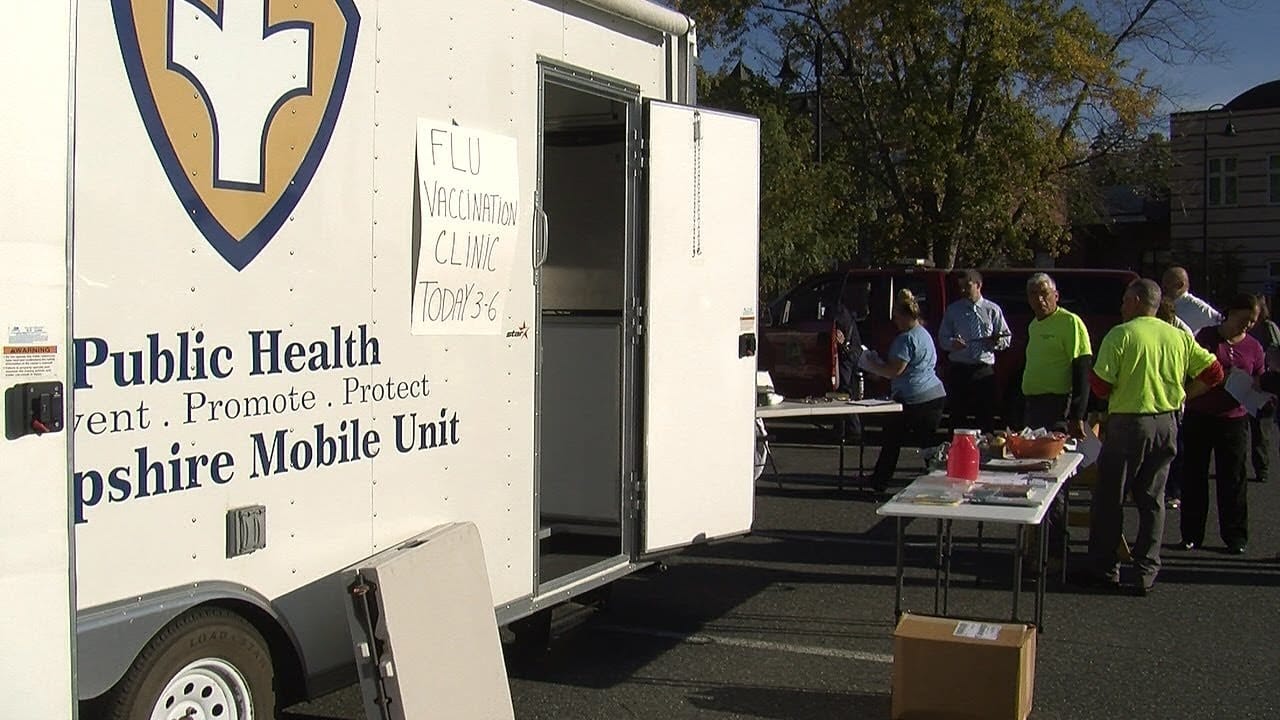The flu season in the United States has reached a level of intensity not seen in the past 15 years, according to health officials. The winter now sees an alarming spike in cases of influenza spreading across the country. Recent data indicates that the contribution of flu and flu-like illnesses to doctors’ office visits has exceeded benchmarks set during previous peaks, such as the swine flu pandemic in 2009-2010. Experts suggest that a combination of factors, including evolving strains of the virus and fluctuating vaccination rates, may contribute to the rise.
In recent weeks, public health organizations, including the Centers for Disease Control and Prevention (CDC), have emphasized that the proportion of flu-related consultations is higher than average peaks observed in past seasons. Reports highlight that schools, workplaces, and healthcare facilities have experienced disruptions as a result of the increased number of influenza cases, while Emergency Medical Services and hospitals report a general strain on their existing resources.
Despite advancements in public health systems over the years, the data show a concerning resistance among parts of the population toward flu vaccinations. Officials argue that the seasonal flu vaccine remains one of the most effective approaches to reduce the transmission of the virus. The CDC has reaffirmed the importance of routine vaccinations, urging both children and adults to ensure they are up-to-date with their immunization.
The rise in flu cases also has economic implications. Some schools have decided to close temporarily, businesses have seen drops in employee productivity due to increased absenteeism, and healthcare systems are grappling with an unusually high workload. It is not an isolated development affecting only specific states; reports from New York, California, Texas, and several Midwestern areas show this season’s impact spreading nationwide.
One concerning aspect of this flu season is the hospitalization rates for high-risk groups, including children, the elderly, and those with pre-existing health conditions. In comparison to prior seasons, there has been a marked increase in flu complications within these populations. Healthcare professionals urge high-risk individuals to take immediate preventive measures, including wearing masks indoors in crowded spaces, maintaining hygiene practices, and seeking medical attention upon noticing the first signs of flu-like symptoms.
The sharp rise in flu cases has also complemented a broader resurgence of other seasonal respiratory viruses, such as the Respiratory Syncytial Virus (RSV). Though cases of RSV and COVID-19 have shown variations and declines in some regions, flu cases have remained persistent and notably high. This interaction between different viral infections complicates the effective allocation of medical resources.
Experts underline that herd immunity and responsible public behavior are critical for slowing the virus’s transmission. Officials recommend frequent hand-washing, avoiding close contact with infected individuals, and staying home during illnesses. For those more severely impacted, approved antiviral medications can be prescribed within the early stages of infection.
This year’s flu season places magnified urgency on global pandemic surveillance and collaborative medical research to prevent any overlapping pressures with future virus outbreaks. Continued efforts are considered vital in reinforcing vaccine delivery pipelines and public health education nationwide.
Though there is still time to immunize those who have delayed vaccination or remained unvaccinated, experts predict that the persistence of the virus will continue for the short term. The remainder of the flu season represents a decisive period requiring preparedness from state and federal agencies, local communities, and healthcare workers.



